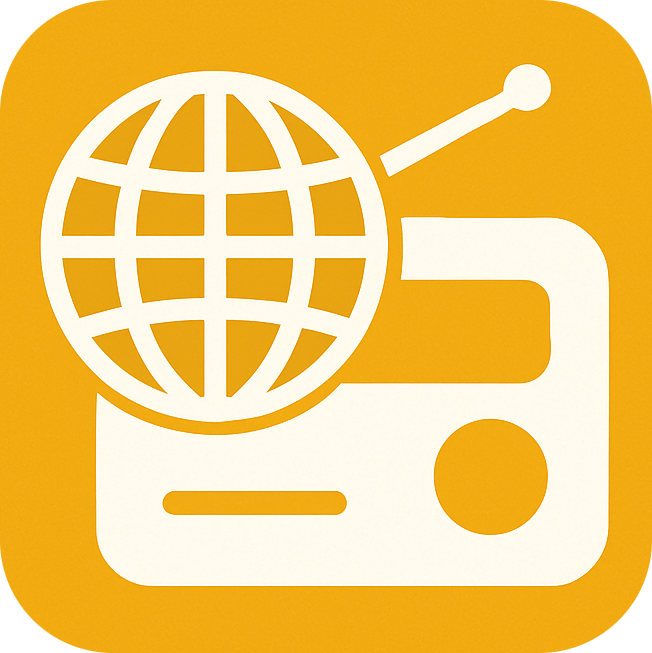An Academic Review of a Multifunction Emergency Weather Radio with AM/FM/SW and NOAA Capabilities
In the context of emergency preparedness and off-grid communication, multifunctional weather radios have emerged as essential tools for accessing real-time information. This review examines a portable emergency radio device manufactured by Practical Survival, featuring a diverse array of power and communication options, designed for use in scenarios where conventional infrastructure may be compromised.
Design and Physical Characteristics
The radio unit is compact and portable, with a rugged build suited for outdoor and emergency contexts. It comes in a two-tone black and orange design, improving visibility in low-light environments. The device weighs approximately 16 ounces, making it feasible for transport in personal emergency kits or outdoor gear without significant burden.
Radio Reception Capabilities
The device supports AM, FM, and SW (shortwave) bands, along with NOAA weather radio channels. The inclusion of NOAA capability enables it to receive alerts and broadcasts related to weather hazards within the United States. However, it is important to note that NOAA Weather Radio signals are region-specific to North America and are not accessible globally. The shortwave functionality, however, extends its utility across broader international contexts, depending on atmospheric conditions and antenna orientation.
Power Supply Options
One of the notable features of this device is its power versatility. It can be powered through:
Solar energy via an integrated panel
Manual hand-crank generation
Rechargeable lithium-ion battery (600mAh capacity)
Three AAA batteries (not included)
USB input from external power sources (e.g., laptop or car charger via adapter)
This multiplicity of power inputs allows the radio to remain operational even when access to conventional power is limited, a key consideration during power outages or remote field conditions.
Additional Features
Beyond radio functionality, the device integrates several other utilities:
A three-LED flashlight for visibility in dark environments
USB output for limited mobile device charging
Digital display with backlighting and clock function with daily alarm
Standard headphone jack for private listening
While these features enhance the device’s practical utility, it is important to evaluate their performance limits. For instance, the power output via USB is modest and may not fully charge larger smartphones, but it could extend battery life during emergencies.
Use Cases and Contextual Application
The multifunction emergency radio is applicable in a wide range of scenarios including natural disasters, off-grid travel, recreational camping, and preparedness for infrastructure failure. It is particularly relevant in regions prone to hurricanes, floods, snowstorms, or seismic activity. In non-emergency contexts, its shortwave and FM reception may support international broadcasting or entertainment during remote expeditions.
Conclusion
This emergency radio offers a well-integrated combination of communication, lighting, and charging capabilities, framed within a resilient and compact design. Its multi-source power input and support for shortwave and NOAA weather bands enhance its functionality during crises. While certain features (e.g., solar charging and USB output) may have limitations in high-demand scenarios, the device represents a practical asset within an emergency preparedness framework.
Buy on Amazon:
https://amzn.to/4dclBQ7

